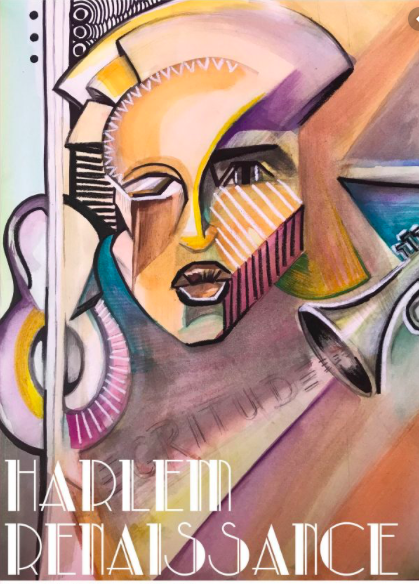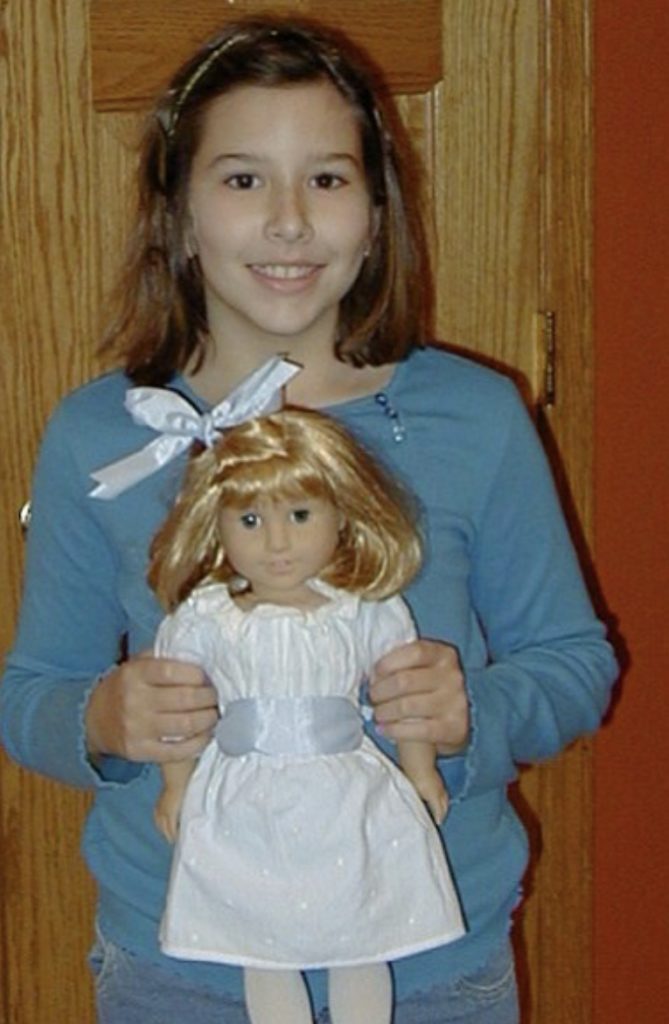The project that I decided to focus on was The Gender Novels Project. The goal of this project was to “draw on the views and opinions of the past to diagnose potential causes, solutions, and sources of gender-based discrimination and stereotyping.” How is this done? First, a time period must be chosen. The focused time period for this project was between 1770-1922. But then what? How is the goal reached in this project? This project focuses on looking at novels within the time period (1770-1922) and picking out the pronouns used. The point of this is to recognize, or see if there is, a significant difference in the use of male pronouns and female pronouns as well as their positive and negative use. If you look in any of the sub-categories under the “Analyses” tab you will see different graphs with information and statistics regarding what data was found within the novels that were looked at. My favorite thing about this project is that there were not specific authors that were referenced or looked at — there wasn’t one set group of authors. In fact, information was gathered by looking at “novels written by authors as famous as Jane Austen and others that are much more obscure, such as Mary E. Mann.” I think that this is important to note because now researchers on this topic know that there are a wide variety of authors embedded in the data and information that is provided in this project.
When I was reading and looking through the website for this project I realized that there are a lot of contributors. This project was created and contributed to by twenty-eight people expanding over 4 different groups and areas of the project: data, analysis, deployment, and administration. This information can be found under the “Our Team” tab. On this tab it provides the person’s picture, their name, and their area of expertise. When looking at this page you can see the diverse group of people and their area of interest and where they may have contributed (based on their area of expertise) to this project. I really enjoyed the set up of this project and I can see why it might be part of the digital technology. This gives people an opportunity to easily gather information by being able to access different categories in a reasonable manner. It also leads to graphs that are visually helpful in understanding statistics and information. For example the graphs’ color becomes darker when you put your cursor over certain bars on the graph.
I think overall this project is a great resource to have and I certainly love the topic and the data that it provides. Like I stated before, I like how it brings more information (to people who can access technology) on the subject of women’s novels and pronouns from authors that are well-known and less familiar. However, the only thing I might improve on is the access to these books. This project references 4,200 that are sourced from the Gutenberg Project. I think it might be helpful to provide another tab with “links” to these novels. I use links in parentheses because there is most likely no free access to these novels. Nevertheless, a tab with either a link to a page with the option to buy the novel or a short summary that they even provide on this page may be a good idea. I think a summary would help those looking into this project better understand with some background knowledge of the novels.
Gender Novels. (n.d.). Retrieved from http://gendernovels.digitalhumanitiesmit.org/info/gender_novels_overview.



